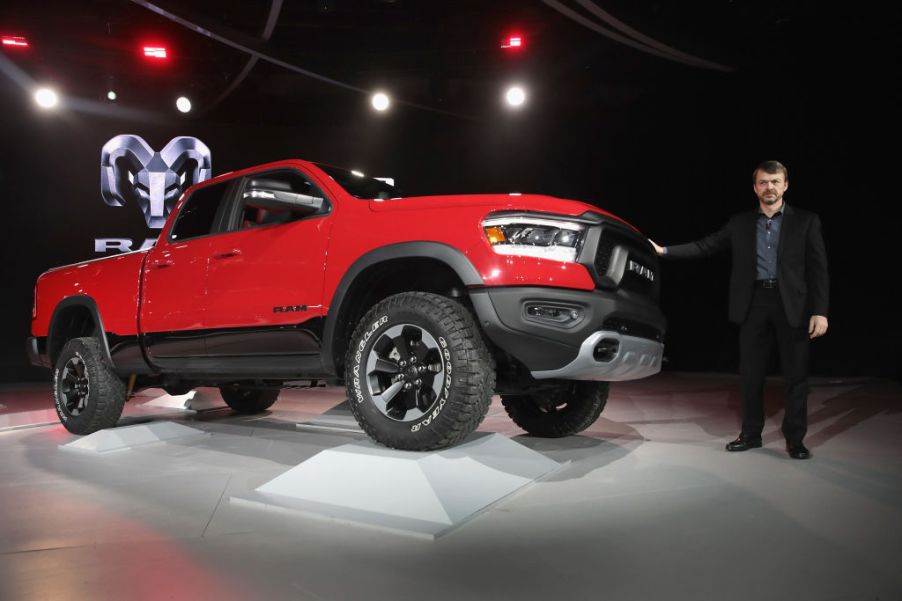
Is the Ram 1500 Available With a Manual Transmission?
Back in the day, if you wanted to drive a truck, you had to learn to drive a stick shift. Some classic models still have a manual transmission, so it’s a great skill to know. It also appears that it’s a dying skill.
Most trucks have ditched the stick in favor of automatic transmissions, which allow drivers to concentrate on other things. According to Jalopnik, the 2018 Ram 2500 will be the last full-sized truck with a manual transmission. For those who love driving big trucks with a stick shift, this is the last year you can buy one new.
In the meantime, let’s check out the details behind a manual transmission, the pros and cons, and why automakers are opting to go automatic.
What is a manual transmission
If you don’t know much about transmissions, you aren’t alone. Many Americans allow their mechanics to take care of the details. It’s always useful to have at least a basic definition, however.
According to Cars.com, “A manual transmission is one with a stick for shifting gears and a third pedal for operating a clutch.” You’ve probably seen it in sports cars or classic vehicles, even if you’ve never learned to drive a stick shift yourself.
Pros of manual transmission
AIS Auto Insurance had surprising reasons why manual transmission is perfect for some drivers, but let’s start with the obvious. While an automatic transmission does the work for you, a stick shift puts you in control. Need to stop in a hurry? A manual transmission will slow down faster than an automatic.
Another great thing about a manual transmission is that it requires less maintenance. The Transmission Repair Report Guide states, “The average cost of transmission replacement ranges from $1800 to $3400.” That’s easily more than some consumers place as a down payment on a new vehicle.
While the manual transmission may need to be replaced or repaired, on average it only costs $1,500 to $3,000, according to Cars.com. That’s not a significant amount less, but any amount can help. AIS Auto Insurance also reports that due to a lack of popularity, manual transmissions are stolen with less frequency than automatics.
Cons of manual transmission
According to Autolist, driving a manual can be mentally and physically exhausting. This is especially true if you didn’t grow up driving a stick shift. You have to take your hands off the steering wheel to adjust the clutch, know when to press multiple pedals, use muscles you would never use on an automatic, and you have to be more aware of what is going on around you.
Texting and driving is dangerous in any situation, but when you’re driving a stick shift, the danger is amplified. Another con is that due to a decreasing interest in manuals, as well as fewer drivers who are even trained to drive one, reselling your manual transmission may prove difficult.
There will always be a few people out there who love driving stick shifts, but that number is decreasing at an alarming rate. If you plan on driving a stick shift for a few years before reselling for something more modern, you may find that no one is interested.
Why trucking companies are backing away from manuals
Car and Driver reports that many drivers are turning to electric cars, which may play a key role in why manual transmissions are swiftly being retired. While this doesn’t necessarily impact the trucking industry, the fact that Tesla, Ford, and Rivian are in a race to begin producing electric trucks may be telling.
Motoring Research reports that the Ram 1500 doesn’t come equipped with a manual transmission, and Ram has no intentions of adding one. The fact that Ram has held out this long has been both surprising and gratifying to drivers who prefer a manual transmission, and it will be sorely missed.
As unfortunate as it is, nothing lasts forever, and it appears that the days of the stick shift may be headed the same way as the steam engine.


